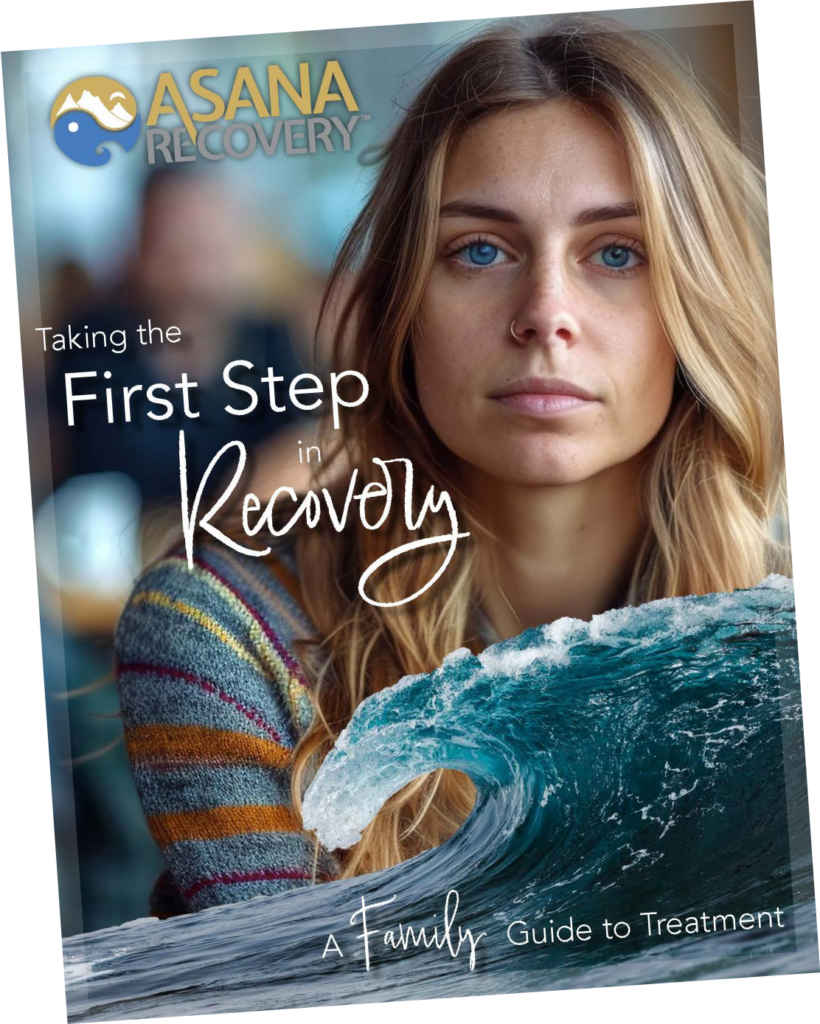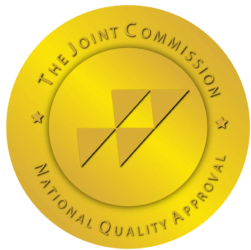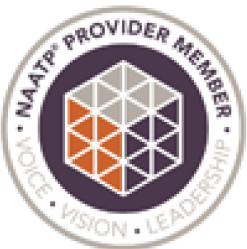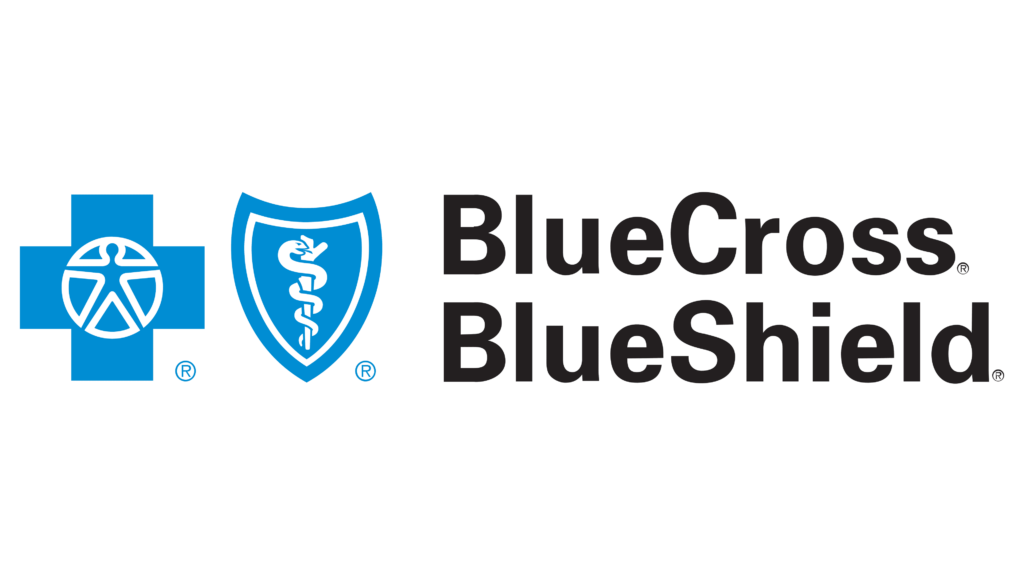The human brain has an extraordinary capacity to heal itself after alcohol abuse, offering hope and motivation to those on the journey to recovery. This resilience is largely thanks to neuroplasticity, the brain’s ability to adapt, repair, and reorganize itself even after significant damage. Alcohol abuse can have a profound impact on brain function, affecting areas responsible for memory, cognition, and decision-making. However, with time, care, and a commitment to sobriety, the brain can regain much of its lost functionality, demonstrating its remarkable ability to recover.
Alcohol abuse disrupts the delicate balance of brain chemistry and damages critical neural structures, including gray matter, which is essential for processing information and supporting cognitive functions. Despite these challenges, the brain begins to show signs of recovery shortly after abstinence. Within two weeks, areas related to motor coordination and basic cognitive tasks start to heal. Neural connections damaged by prolonged alcohol use begin to regenerate, allowing for improved communication between different parts of the brain.
This recovery process is not uniform; it varies based on the individual’s overall health, the severity of alcohol abuse, and the duration of sobriety. Yet, the brain’s capacity to repair itself remains a constant source of hope. Even in cases of chronic alcohol abuse, significant improvements are often seen within the first few weeks of abstinence, providing a strong foundation for further healing.
Initial Recovery: The First Two Weeks
In the first two weeks after quitting alcohol, the brain initiates its repair mechanisms. Gray matter volume begins to restore, and basic cognitive functions such as attention and coordination improve. This period is crucial, as it sets the stage for more comprehensive healing. Many individuals also notice a reduction in alcohol-related brain fog and begin experiencing better sleep patterns, which further support brain recovery.
The First Month
By the end of the first month, neuroplasticity becomes more pronounced. The brain adapts to the absence of alcohol by forming new neural connections. Many people report improved mood, reduced anxiety, and increased energy during this time. These psychological and emotional changes reflect deeper neurological improvements, driven by the brain’s ability to reorganize itself.
Three to Six Months
Between three and six months, the brain undergoes significant healing. Memory, concentration, and problem-solving abilities show marked improvement as gray matter volume continues to increase. This phase is characterized by noticeable gains in mental clarity and the ability to handle complex tasks. The brain’s ongoing recovery during this period underscores the benefits of sustained sobriety.
Long-Term Healing: Beyond Six Months
Complete recovery of cognitive functions can take years, especially in individuals with a history of severe alcohol abuse. The prefrontal cortex, which governs executive functions like decision-making and impulse control, continues to improve during long-term abstinence. This area of the brain plays a crucial role in maintaining sobriety and supporting overall mental health.
Neuroplasticity is central to the brain’s ability to heal after alcohol abuse. It refers to the brain’s capacity to adapt and reorganize by forming new neural pathways. This ability is especially important in recovery, as it allows the brain to compensate for damaged areas and restore lost functions.
During sobriety, neuroplasticity facilitates the rebuilding of neural networks that were disrupted by alcohol. Engaging in mentally stimulating activities, such as learning new skills, solving puzzles, or practicing mindfulness, can accelerate this process. These activities challenge the brain to adapt, creating stronger and more efficient neural connections. Neuroplasticity not only aids in cognitive recovery but also reinforces the brain’s resilience, helping individuals maintain long-term sobriety.
The speed and extent of brain recovery depend on several factors, including the duration and severity of alcohol abuse, the individual’s overall health, and their commitment to abstinence. A healthy lifestyle that includes a balanced diet, regular exercise, and stress management can significantly enhance the brain’s ability to heal. Additionally, access to professional treatment and therapy provides crucial support, ensuring that individuals receive personalized care tailored to their specific needs.
Proper nutrition is a cornerstone of brain recovery after alcohol abuse. Alcohol depletes essential vitamins and minerals, such as thiamine (B1), magnesium, and zinc, which are critical for brain function. A diet rich in whole foods, including fruits, vegetables, nuts, and lean proteins, helps replenish these nutrients. Omega-3 fatty acids, found in fatty fish and flaxseeds, are particularly beneficial for repairing neural damage and promoting neurogenesis.
Antioxidants, present in colorful fruits and vegetables, combat oxidative stress caused by alcohol, further supporting brain health. Incorporating these nutrients into daily meals not only aids recovery but also enhances mental clarity and overall well-being.
Asana Recovery works with most PPO plans, covering up to 100%. See if your insurance can help fund your journey. Click below to get a free quote.

Hydration and sleep are essential for the brain’s healing process. Alcohol consumption often leads to dehydration, which impairs neural communication and slows down recovery. Drinking plenty of water restores the brain’s electrolyte balance, ensuring efficient neural signaling.
Sleep plays a vital role in brain recovery, as it allows the brain to clear out toxins and consolidate new neural connections. During deep sleep, the brain repairs damaged tissues and strengthens pathways involved in learning and memory. Establishing a consistent sleep routine and prioritizing hydration are simple yet effective ways to support brain health during recovery.
Professional treatment significantly enhances the recovery process, providing individuals with the tools and strategies needed to overcome alcohol dependence. Therapy, medical care, and support groups create a structured environment for healing, helping individuals address the underlying causes of addiction.
Studies show that brain recovery continues for months and even years after quitting alcohol. Maintaining sobriety for extended periods allows the brain to rebuild and regenerate, with ongoing improvements in cognitive function, emotional stability, and overall quality of life.
Research into brain recovery from alcohol continues to evolve, offering new insights into the healing process. Studies suggest that the brain can continue regenerating neurons and forming new pathways for up to two years after quitting. This ongoing recovery highlights the importance of sustained abstinence and a supportive lifestyle.
Understanding the brain’s remarkable capacity to heal provides hope for individuals on the path to recovery, motivating them to embrace a healthier and more fulfilling life.
The human brain’s resilience is a testament to its extraordinary adaptability and strength. Through neuroplasticity, gray matter restoration, and the regeneration of neural pathways, individuals can regain cognitive function and improve their mental health after alcohol abuse. By understanding the recovery timeline, adopting a supportive lifestyle, and seeking professional guidance, those on the journey to sobriety can look forward to a brighter and healthier future. The road to recovery may be challenging, but the rewards of a healed brain and renewed clarity are immeasurable.
At Asana Recovery, we understand the profound impact alcohol can have on your brain and overall well-being. Our evidence-based programs are designed to support you every step of the way, helping your brain heal and your body recover. With a team of compassionate experts and a holistic approach to recovery, we provide personalized care tailored to your unique needs.
Your journey to sobriety and brain health starts with a single step. Contact Asana Recovery today to learn how we can guide you toward a brighter, healthier future. Together, we’ll help you regain clarity, rebuild strength, and create a life free from the grip of alcohol. Take the first step to reclaim your brain and your life—reach out now.
We get it. Addiction recovery is tough. That’s why our programs are founded and staffed by people in recovery – people who truly understand.
The initial signs of brain recovery often manifest within the first two weeks of abstinence. Many individuals notice an improvement in basic cognitive functions such as attention, focus, and coordination. This is largely due to the brain beginning to repair damage in gray matter regions, which play a key role in these activities. Emotional clarity, reduced feelings of anxiety, and a sense of increased energy are also commonly reported. These early changes, though subtle, are encouraging indicators of the brain’s capacity to heal and adapt after the cessation of alcohol consumption.
Neuroplasticity is the brain’s remarkable ability to reorganize itself by forming new neural connections throughout life. After quitting alcohol, neuroplasticity becomes a critical driver of recovery, allowing the brain to adapt to the absence of alcohol and rebuild damaged pathways. This process helps restore cognitive functions, improve memory, and enhance problem-solving skills. Neuroplasticity also enables the brain to compensate for areas that may have been severely impacted by alcohol use, creating alternate pathways to maintain essential functions. By engaging in mentally stimulating activities and learning new skills, individuals can further enhance neuroplasticity, supporting a faster and more robust recovery.
Nutrition plays a vital role in supporting brain recovery after alcohol abuse. Diets rich in antioxidants, such as those found in fruits, vegetables, and nuts, help combat oxidative stress caused by prolonged alcohol use. Omega-3 fatty acids, present in fish, flaxseeds, and walnuts, are particularly beneficial for restoring brain health and supporting neurogenesis. Vitamins like B1 (thiamine) and B12, often depleted in chronic alcohol users, are essential for maintaining cognitive function and energy levels. Additionally, including foods high in magnesium and zinc can further aid in repairing neural damage and improving overall brain function. Staying consistent with a nutrient-dense diet accelerates the recovery process and bolsters mental clarity.
The timeline for full cognitive recovery varies significantly among individuals and depends on factors such as the duration and severity of alcohol use, overall health, and commitment to sobriety. Initial improvements in cognitive functions, such as memory and concentration, can be observed within the first three to six months of abstinence. However, full recovery of more complex cognitive abilities, particularly those related to the prefrontal cortex—responsible for decision-making and impulse control—may take years. Long-term sobriety, coupled with a healthy lifestyle, maximizes the potential for comprehensive cognitive restoration over time.
Hydration and sleep are foundational to the brain’s healing process after alcohol abuse. Alcohol consumption often leads to dehydration, which can impair brain function and slow the recovery of damaged tissues. Proper hydration restores electrolyte balance, supports efficient neural communication, and facilitates the removal of toxins from the brain. Sleep is equally critical, as it allows the brain to repair itself and consolidate neural connections disrupted by alcohol use. During deep sleep, the brain clears out metabolic waste and strengthens cognitive functions like memory and learning. Prioritizing adequate water intake and establishing a consistent sleep routine are simple yet powerful ways to support brain recovery and enhance overall mental health.
Take your first step towards lasting recovery. At Asana, we offer effective, insurance-covered treatment for addiction and mental health, guided by experts who understand because they’ve been there. Start your healing today.

This book has helped so many men and women; and we want to give it you for FREE. Get signed up today and discover how to unlock the grip of addiction and get back to living your best life.
In this book, you’ll discover…
— The Most Common Misconceptions About Addiction and Rehab
— Why Rock Bottom is a Myth and What You Can Do About It
–The Steps to Healing From Trauma, Both Mentally and Emotionally
–And much more!

Asana Recovery is licensed and certified by the State Department of Health Care Services.


© Copyright 2024 Asana Recovery™ | All Rights Reserved | Privacy Policy
You could save up to 100% of your treatment using your Insurance.





Asana Recovery
We firmly believe that the internet should be available and accessible to anyone, and are committed to providing a website that is accessible to the widest possible audience, regardless of circumstance and ability.
To fulfill this, we aim to adhere as strictly as possible to the World Wide Web Consortium’s (W3C) Web Content Accessibility Guidelines 2.1 (WCAG 2.1) at the AA level. These guidelines explain how to make web content accessible to people with a wide array of disabilities. Complying with those guidelines helps us ensure that the website is accessible to all people: blind people, people with motor impairments, visual impairment, cognitive disabilities, and more.
This website utilizes various technologies that are meant to make it as accessible as possible at all times. We utilize an accessibility interface that allows persons with specific disabilities to adjust the website’s UI (user interface) and design it to their personal needs.
Additionally, the website utilizes an AI-based application that runs in the background and optimizes its accessibility level constantly. This application remediates the website’s HTML, adapts Its functionality and behavior for screen-readers used by the blind users, and for keyboard functions used by individuals with motor impairments.
If you’ve found a malfunction or have ideas for improvement, we’ll be happy to hear from you. You can reach out to the website’s operators by using the following email
Our website implements the ARIA attributes (Accessible Rich Internet Applications) technique, alongside various different behavioral changes, to ensure blind users visiting with screen-readers are able to read, comprehend, and enjoy the website’s functions. As soon as a user with a screen-reader enters your site, they immediately receive a prompt to enter the Screen-Reader Profile so they can browse and operate your site effectively. Here’s how our website covers some of the most important screen-reader requirements, alongside console screenshots of code examples:
Screen-reader optimization: we run a background process that learns the website’s components from top to bottom, to ensure ongoing compliance even when updating the website. In this process, we provide screen-readers with meaningful data using the ARIA set of attributes. For example, we provide accurate form labels; descriptions for actionable icons (social media icons, search icons, cart icons, etc.); validation guidance for form inputs; element roles such as buttons, menus, modal dialogues (popups), and others. Additionally, the background process scans all the website’s images and provides an accurate and meaningful image-object-recognition-based description as an ALT (alternate text) tag for images that are not described. It will also extract texts that are embedded within the image, using an OCR (optical character recognition) technology. To turn on screen-reader adjustments at any time, users need only to press the Alt+1 keyboard combination. Screen-reader users also get automatic announcements to turn the Screen-reader mode on as soon as they enter the website.
These adjustments are compatible with all popular screen readers, including JAWS and NVDA.
Keyboard navigation optimization: The background process also adjusts the website’s HTML, and adds various behaviors using JavaScript code to make the website operable by the keyboard. This includes the ability to navigate the website using the Tab and Shift+Tab keys, operate dropdowns with the arrow keys, close them with Esc, trigger buttons and links using the Enter key, navigate between radio and checkbox elements using the arrow keys, and fill them in with the Spacebar or Enter key.Additionally, keyboard users will find quick-navigation and content-skip menus, available at any time by clicking Alt+1, or as the first elements of the site while navigating with the keyboard. The background process also handles triggered popups by moving the keyboard focus towards them as soon as they appear, and not allow the focus drift outside it.
Users can also use shortcuts such as “M” (menus), “H” (headings), “F” (forms), “B” (buttons), and “G” (graphics) to jump to specific elements.
We aim to support the widest array of browsers and assistive technologies as possible, so our users can choose the best fitting tools for them, with as few limitations as possible. Therefore, we have worked very hard to be able to support all major systems that comprise over 95% of the user market share including Google Chrome, Mozilla Firefox, Apple Safari, Opera and Microsoft Edge, JAWS and NVDA (screen readers).
Despite our very best efforts to allow anybody to adjust the website to their needs. There may still be pages or sections that are not fully accessible, are in the process of becoming accessible, or are lacking an adequate technological solution to make them accessible. Still, we are continually improving our accessibility, adding, updating and improving its options and features, and developing and adopting new technologies. All this is meant to reach the optimal level of accessibility, following technological advancements. For any assistance, please reach out to